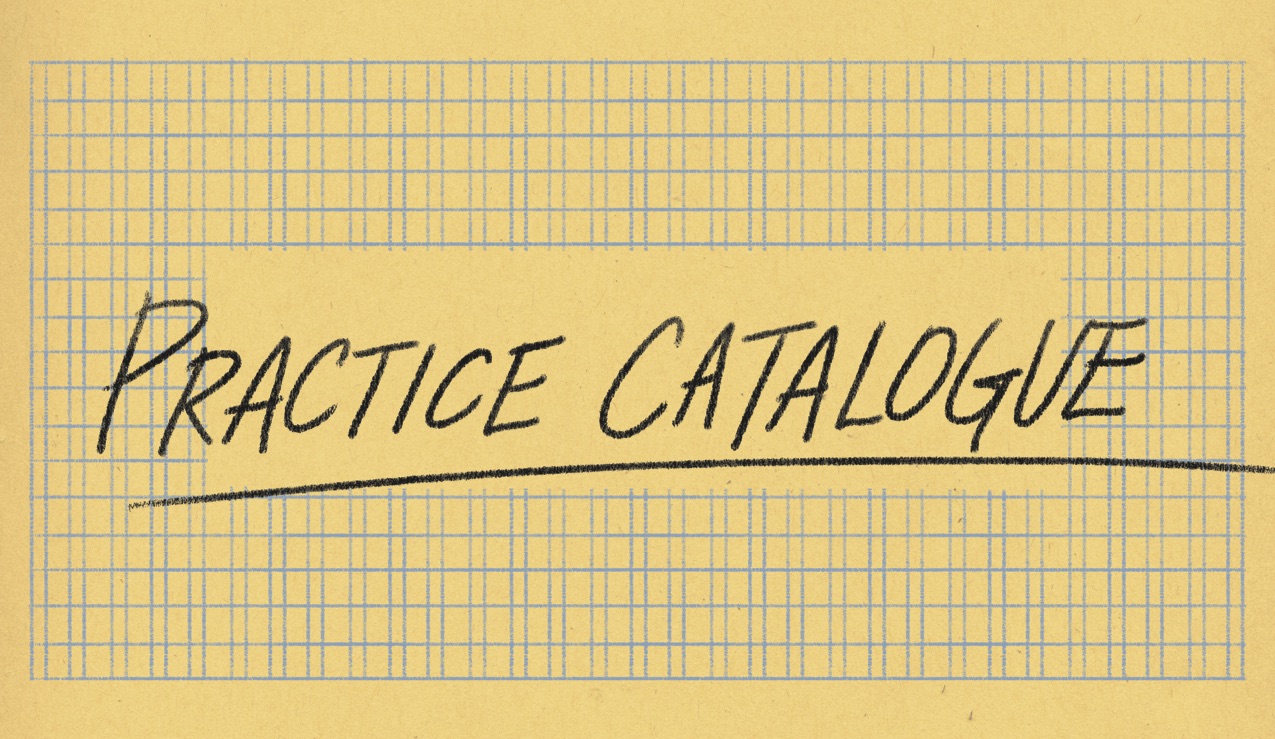Robert Ostrom on Poetry and Breath
Something happens when I am immersed in a poem—in search of or servant to inspiration. I become attentive to the music, to the immediate experience, hopefully so much so that I escape myself a little. Like meditation or prayer, by becoming more concentrated and mindful, we can lose the self, and by losing the self we are perhaps able to touch others. Or maybe things didn’t turn out as well as we’d hoped, but even if the poem is unsatisfactory, wasn’t the trance worth it? After all, the whirling dance of the Sufi was never meant to be spectacle. Sufism, Zazen, Vipassana, Anapanasati, Pranayama, Qigong, Orthodox breath prayers, meditational practices often aimed at letting go of the ego in order to become more present, compassionate, or nearer the divine, focus on the breath. In one Sufi zikr (remembrance of god) mantra, the practitioner will meditate on his name saying Al on the in-breath, lah on the out-breath. Inspiration, in-breathing, comes from the Latin spirare, meaning to breathe, which is where we get the word spiritus, spirit, the breath of God. “And the Lord God formed man of the dust of the ground, and breathed into his nostrils the breath of life; and man became a living soul.” To be inspired is to have spirit breathed into you. To inspire is to breathe life into others. This is the potential symbiosis of art. In poetry, it involves the air our bodies shape into language. We pull it into our lungs and pump it out again with enough force to vibrate the vocal folds; the muscles of the larynx adjust in length and tension to give sound its pitch and tone; this would be a simple buzzing without the resonators and articulators that interact with the airflow to form it into the words we send, as sound waves, across space and into another body. Writing, human’s greatest technology, moves the reader to reproduce the sounds we made with our bodies or thought with our minds: what happened inside of the author is happening inside of me. Less like an echo than like a dance, the body gets the poem before the mind. If in rare instances and for whatever mysterious reasons it inspires a reader, then it has breathed life into that person.
[Robert’s book Sandhour is forthcoming from Saturnalia]
